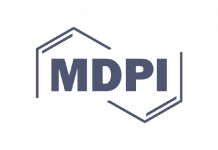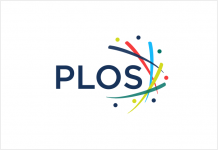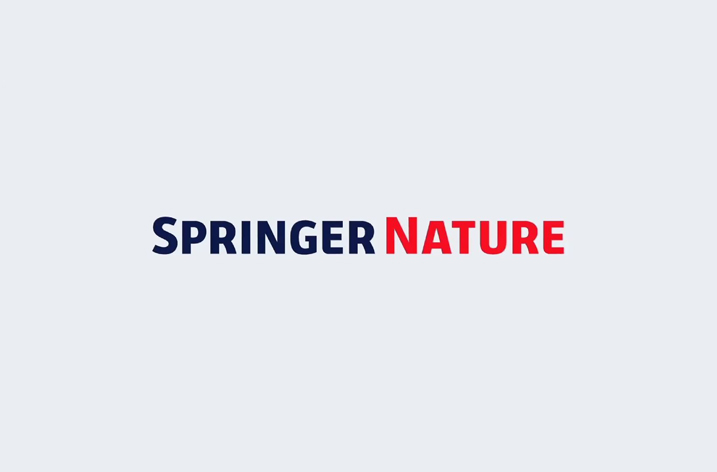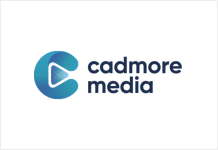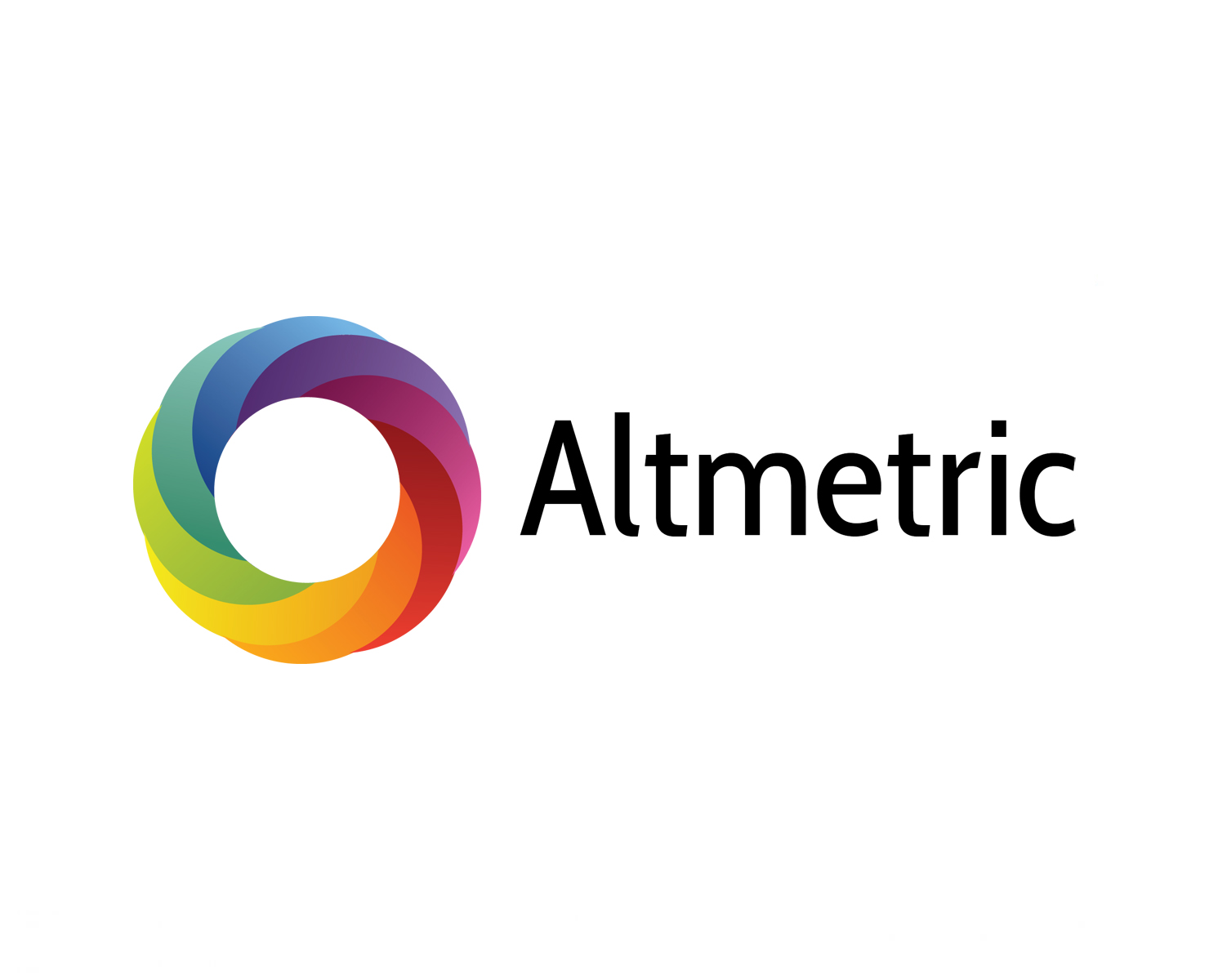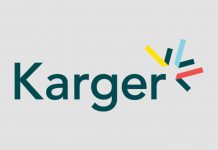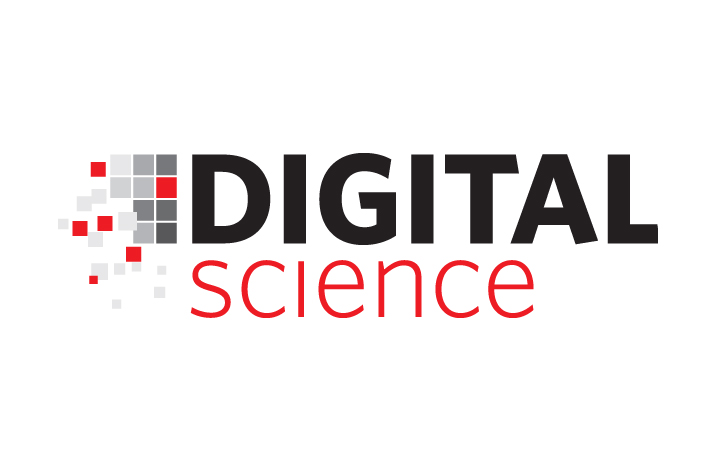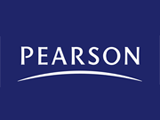
Pearson, the world’s leading learning company, released a new study today on the changes digital data will bring to future of learning. Pearson’s Vice President of Learning Analytics Dr. John Behrens and Senior Research Scientist Dr. Kristen DiCerbo wrote the report, Impacts of the Digital Ocean on Education, detailing how data, social technology and gaming will all be at the forefront of education in the future.
Eighty-five percent of teachers in the United States already use technology in their classrooms daily. Personalized learning at scale will become a reality as this digital world of teaching and learning increases. The report says that with the increase in data accessibility, educators will be able to use existing digital teaching tools and techniques to better collect information about learners’ activities in testing and non-testing environments. The end result is a better understanding of a learner’s knowledge and skills, which can help determine the next best step in learning for an individual.
Specifically, the report identifies six areas of impact:
– Interaction: Computers will score a much wider range of responses from students, allowing teachers to provide more meaningful assessments of student learning and enabling them to personalize instruction accordingly.
– Data: Evidence-based interactions between the learners and the learning material will help educators understand learners’ processes when solving problems, not just their final products.
– Pattern Seeking: Analysis of anonymous data will enable teachers and researchers to uncover new patterns that may provide evidence about learning behavior.
– Immediate Feedback: Rapid interpretation of data will enable teachers to provide immediate feedback to learners, and help administrators to provide targeted feedback to teachers.
– Learner Profiles: Connecting information enables educators to build a more intelligent and complete understanding of learners, ensuring that the relationships between what is observed and the inferences drawn are as valid as possible.
– Activity Recommendation: With a wide range of data and a better understanding of processes, educators will be able to determine the best subsequent activity for the learner’s effort to meet a particular goal (e.g., motivation).
Drs. Behrens and DiCerbo argue that while tools and processes must change, the true challenge to realizing a more personalized learning experience is a change in thinking. They pose questions that push educators and policy-makers to embrace the possibilities offered by new information sources and social learning:
– How should the growing supply of learning data change the use of periodic tests and assessments?
– How can technology be used to help teachers take advantage of the “digital ocean,” rather than be drowned in it?
– How can we end the distinction between informal and formal learning?
– How will teachers, technology providers, schools or governments deal with issues such as privacy and security?
Pearson’s Chief Education Advisor Sir Michael Barber says of Impacts of the Digital Ocean on Education, “This report sets out boldly the impact that digital technology combined with data could have on student outcomes. ‘The digital ocean’ the authors describe will enable teachers to develop and refine evidence-based practice better than ever before.”


